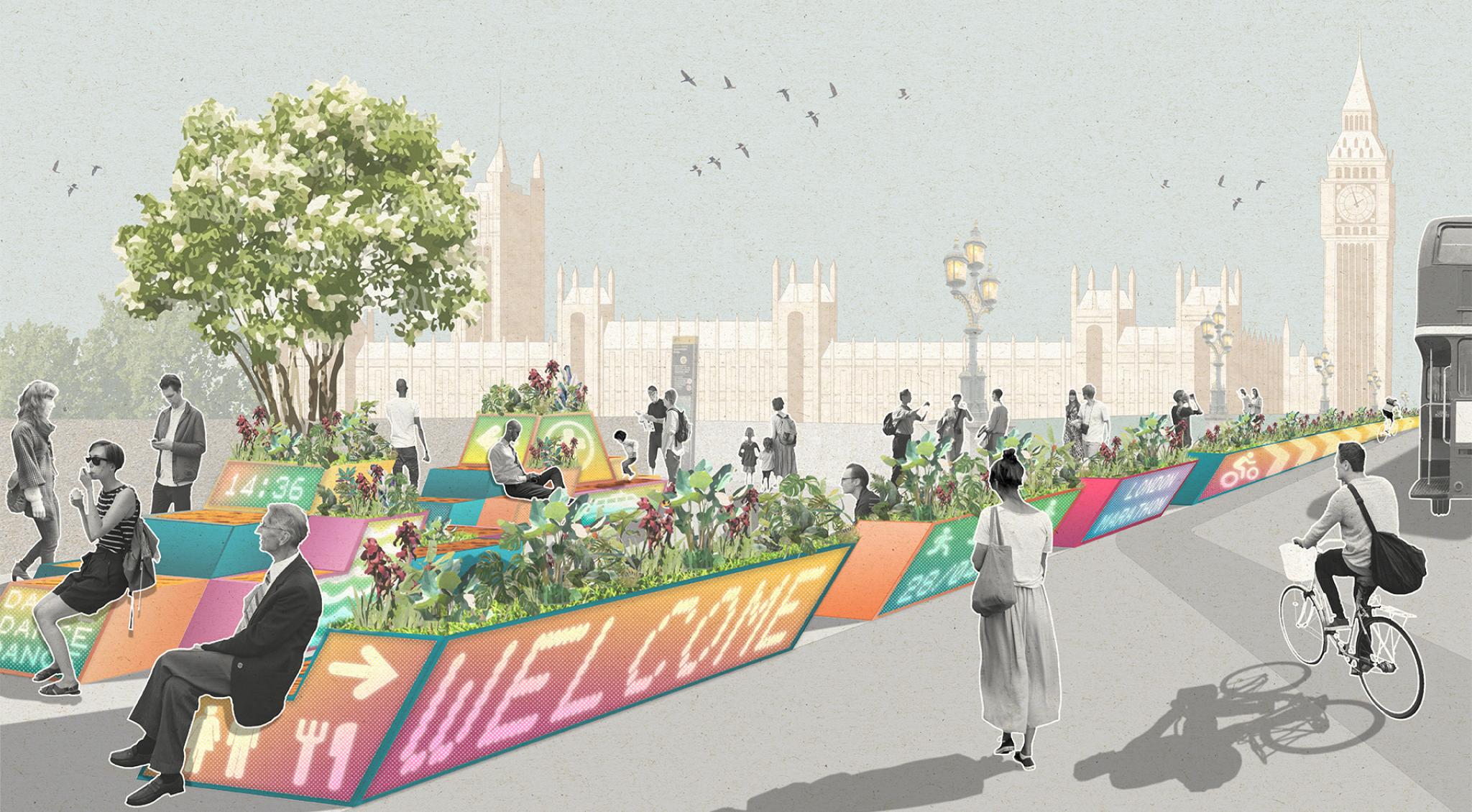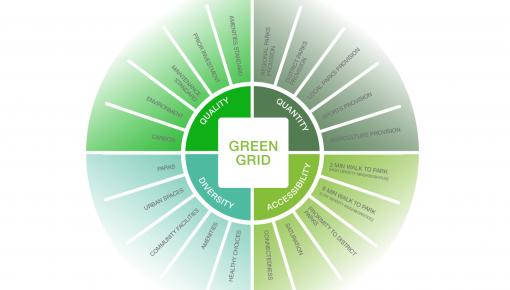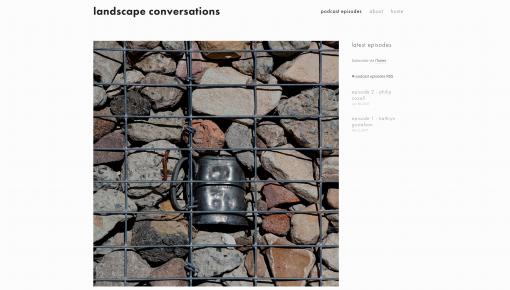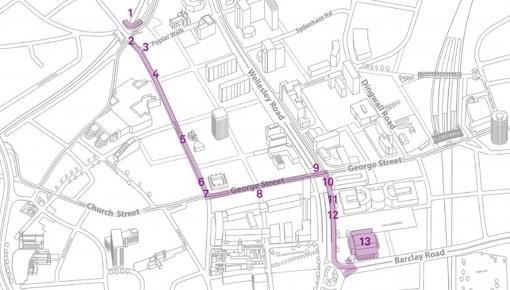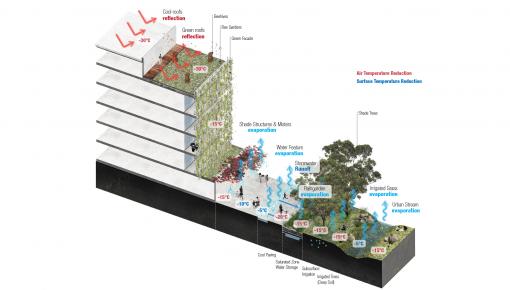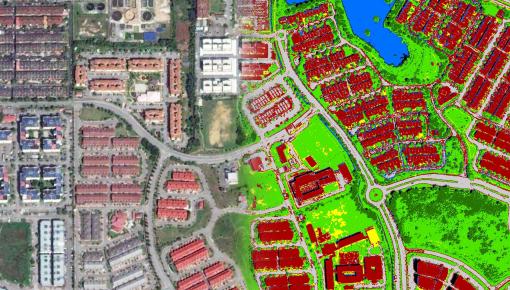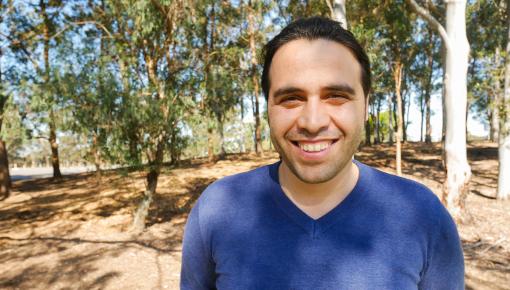CROWDED PLACE PROTECTION News / Publication / 04.02.2019
Whilst the 'future street' is widely heralded as an adaptable space that responds dynamically to user needs, the advent and deployment of HVM can often sit at odds with this vision. Rigid concrete blocks are often poorly located, causing congestion and negatively impact the ambience and aesthetic of our public spaces. As governments seek to protect civic spaces with impenetrable barriers, public space has been eroded.
In a short-term reactive environment HVM highlights a striking need for more a welcoming, creative, intelligent and adaptable response to new challenges facing our public spaces. Crowded Place Protection should not be viewed as an urban perpetuation of a culture of fear.
Cities have responded by developing temporary measures that evoke a more diverse and creative criteria. A true testament to Melbourne’s creative flare, the public appropriated concrete block barricades into painted works of art, sparking a creative battleground between community and bureaucracy. As the paintings were serially removed and returned to their dull grey state, artists responded with a new tactic, multi-coloured fabric covers that became part of the city’s iconic street art landscape.
Short term solutions should be harnessed as a means to test long term outcomes partnered with soft strategies for behavioural change including shifts to traffic conditions, speeds and other mitigation initiatives. To do this we need to learn from our communities and artists whose reactions have led to a second generation of HVM.
Designers, engineers and governments will play a crucial role in developing creative and integrated responses to deliver people centric outcomes. Through innovative design and sound engineering, cities have began to develop suites of crowd protection solutions that provide a universal look and feel and an aesthetic that blends with the city fabric.
The pedestrianisation of George street and Alfred street in Sydney provides the opportunity to deliver a welcoming, creative, intelligent and adaptable response to the challenges facing our public spaces. While we need to protect our streets and spaces we can also develop measures that respond to more diverse and holistic criteria.
The mobility framework of our cities is shifting dramatically, catalysed by a rising trend for more flexible, sustainable models and the growing understanding that streets should offer primacy to the movement of people over vehicles. The increased pedestrianisation of roads, a greater numbers of cyclists and new personal transport options such as e-bikes are both the products of and drivers for this process. As cities evolve, future streetscapes will need to be more flexible and adaptable spaces, that respond to user needs.
As a 3rd generation of HVM emerges, new technologies respond directly to each unique context and the communities that create them. McGregor Coxall has developed an approach that will be mobile, robust and re-deployable. Partnered with soft strategies for behavioural change, it is possible to implement a broad range of bespoke street furniture designed to maximise safety whilst minimising negative impacts to the streetscape.
OTHER NEWS
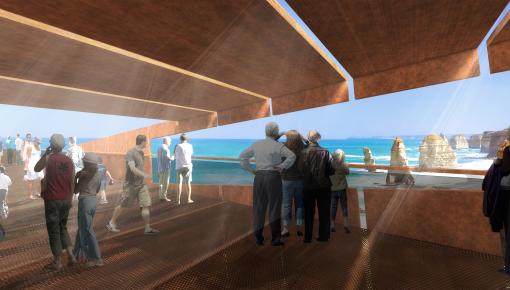
Publication

Publication
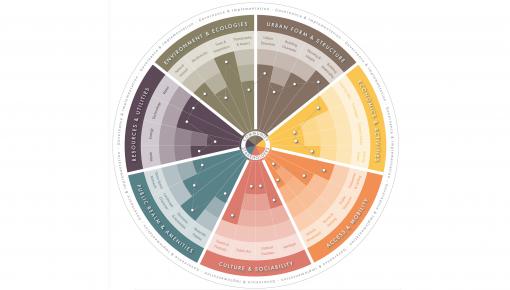
Publication
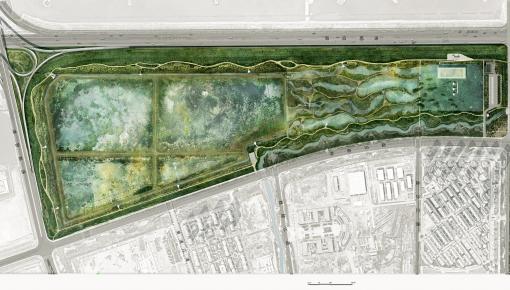
Publication
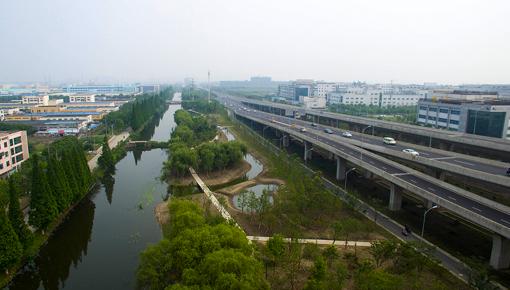
Publication
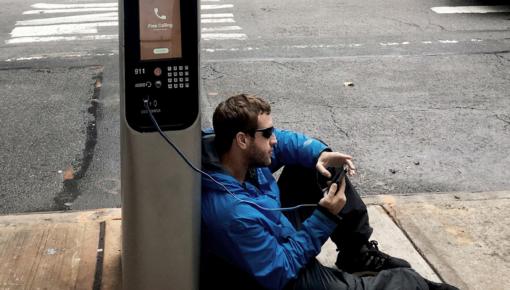
Publication
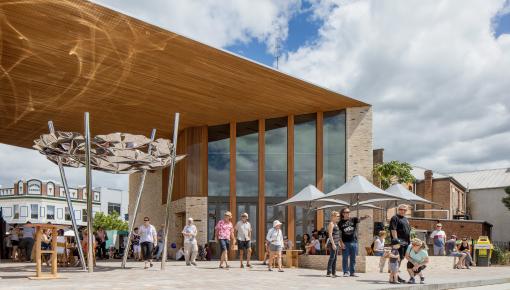
Awards
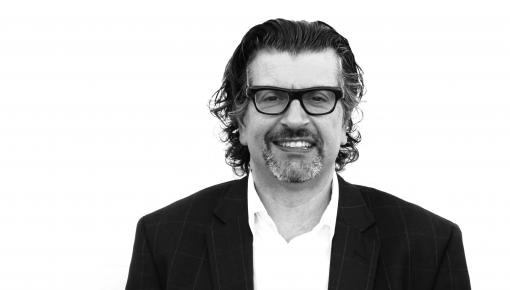
Event
